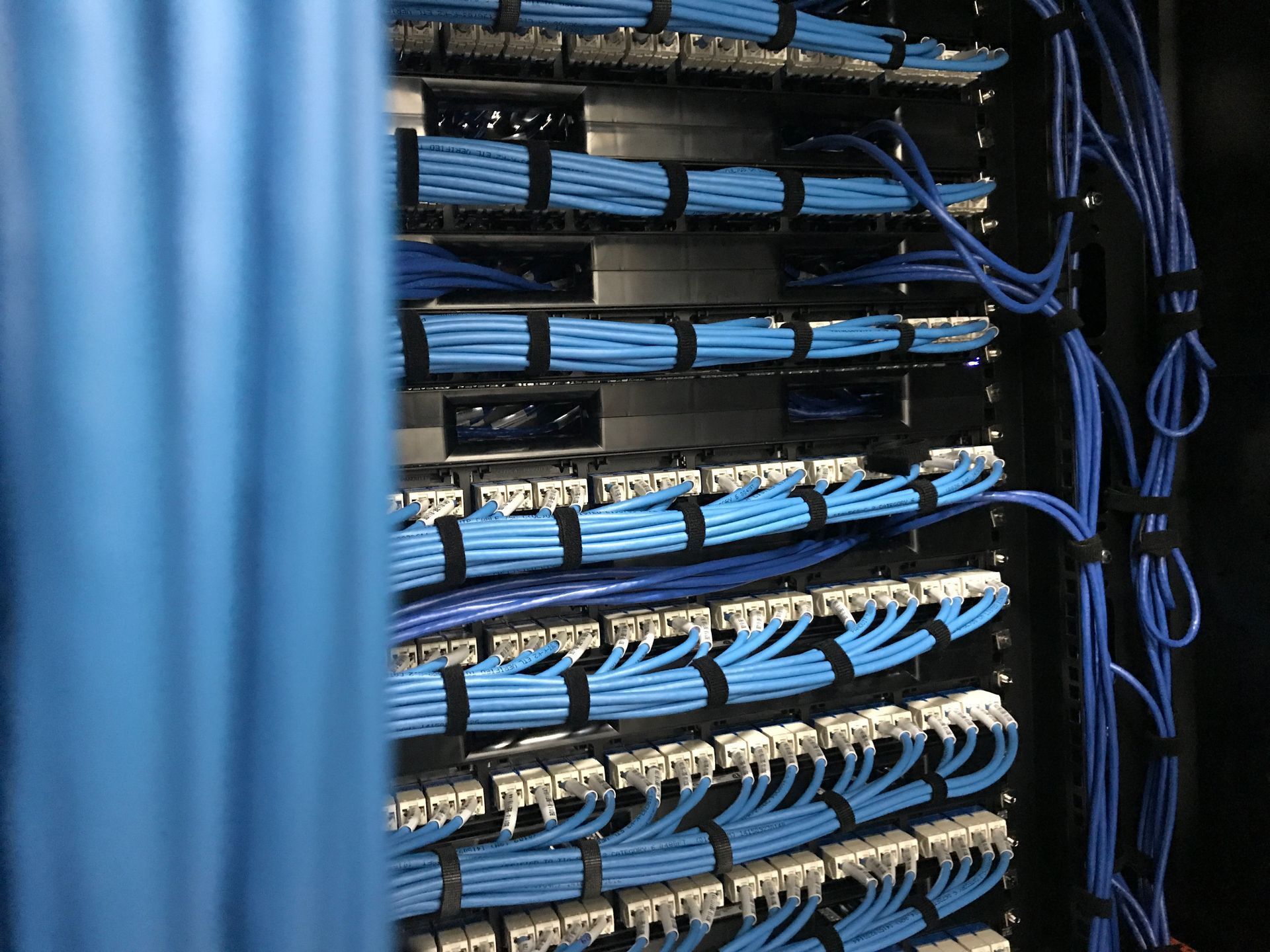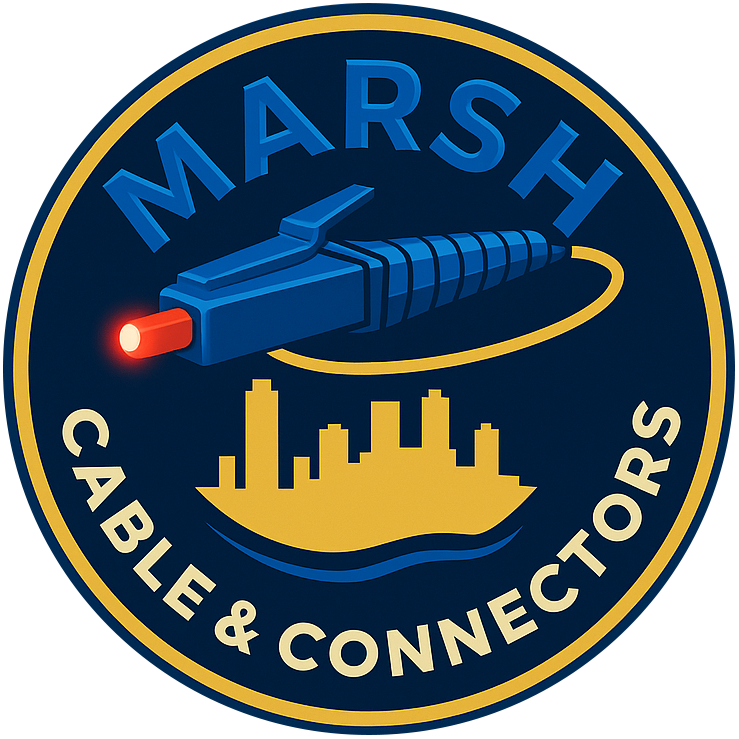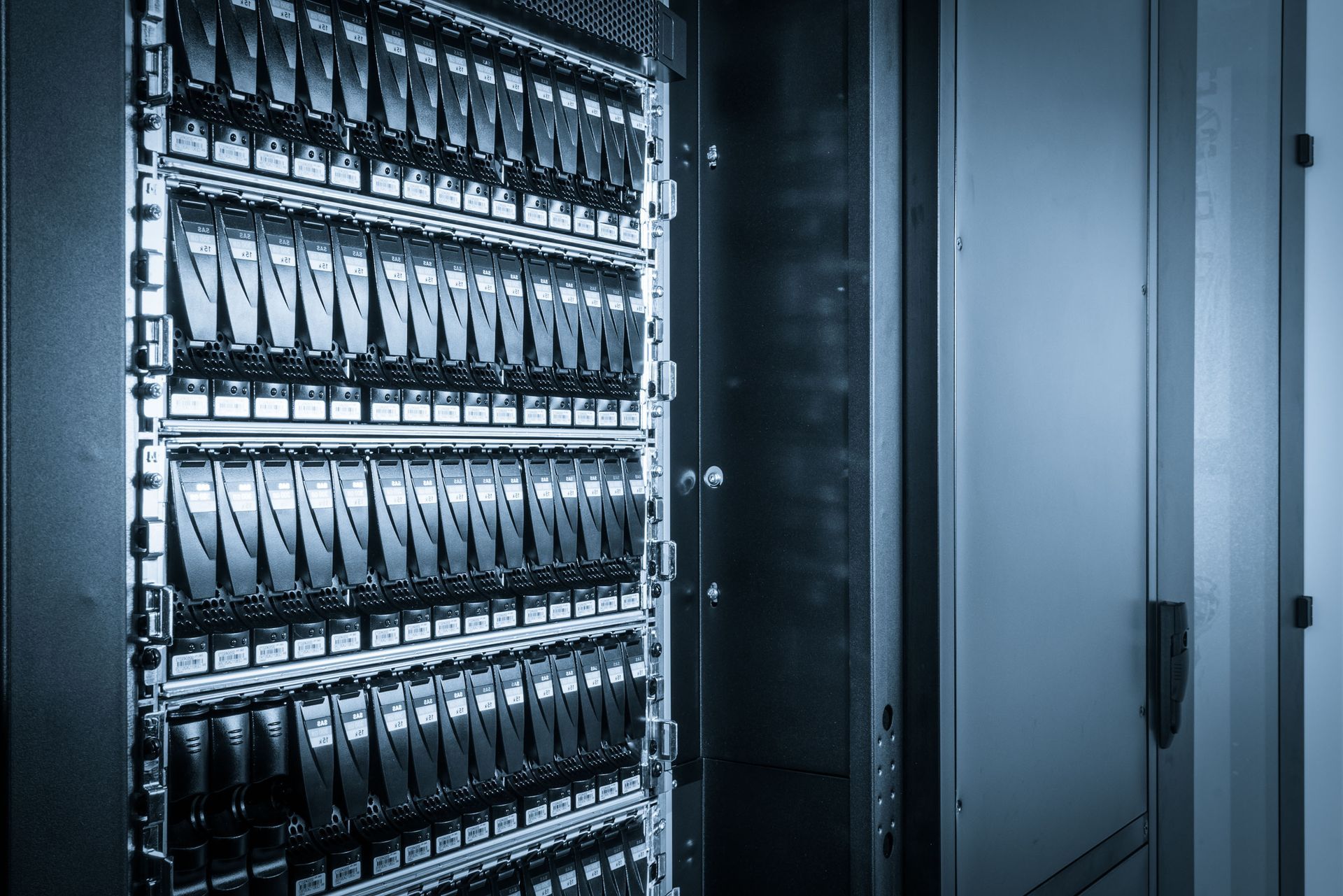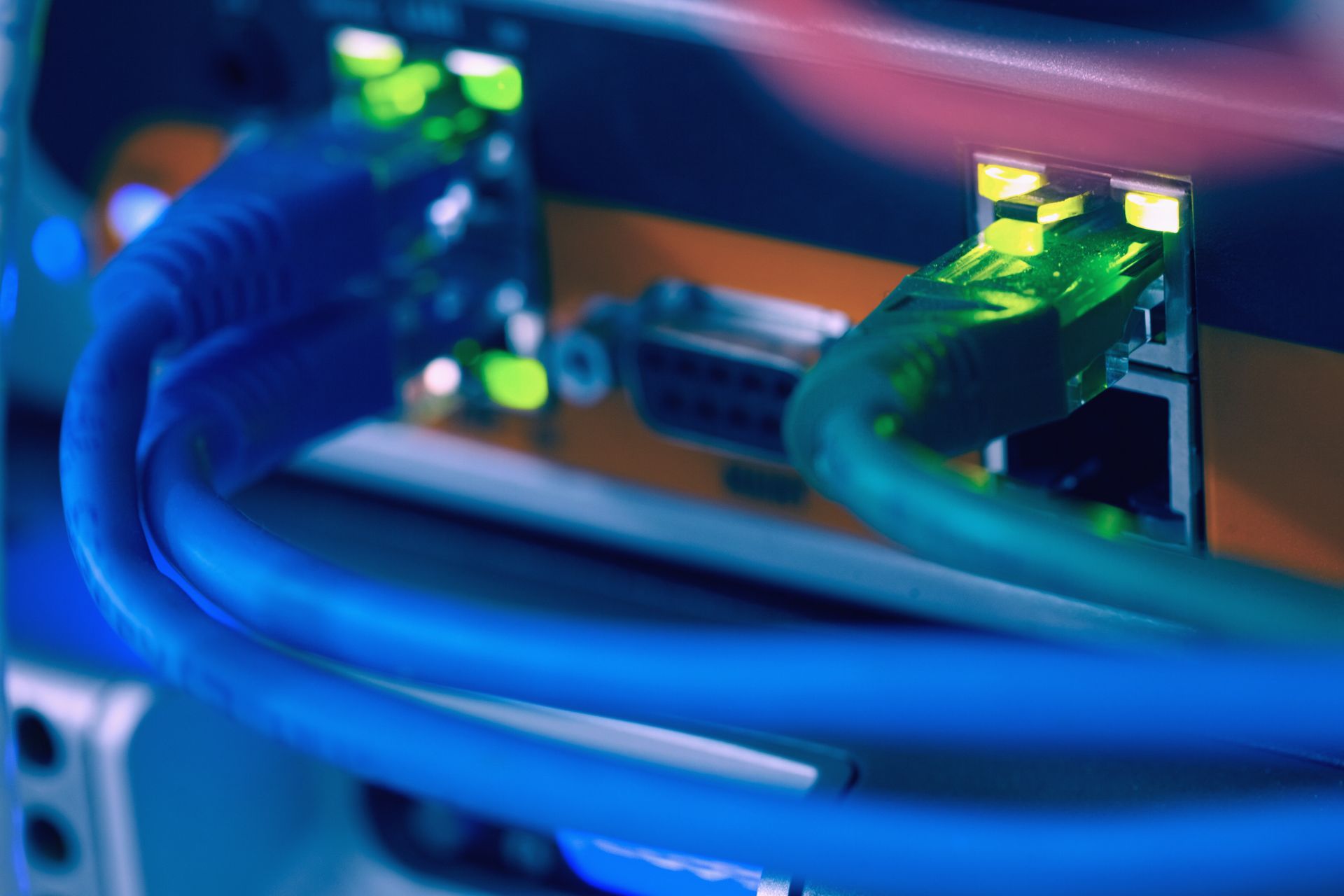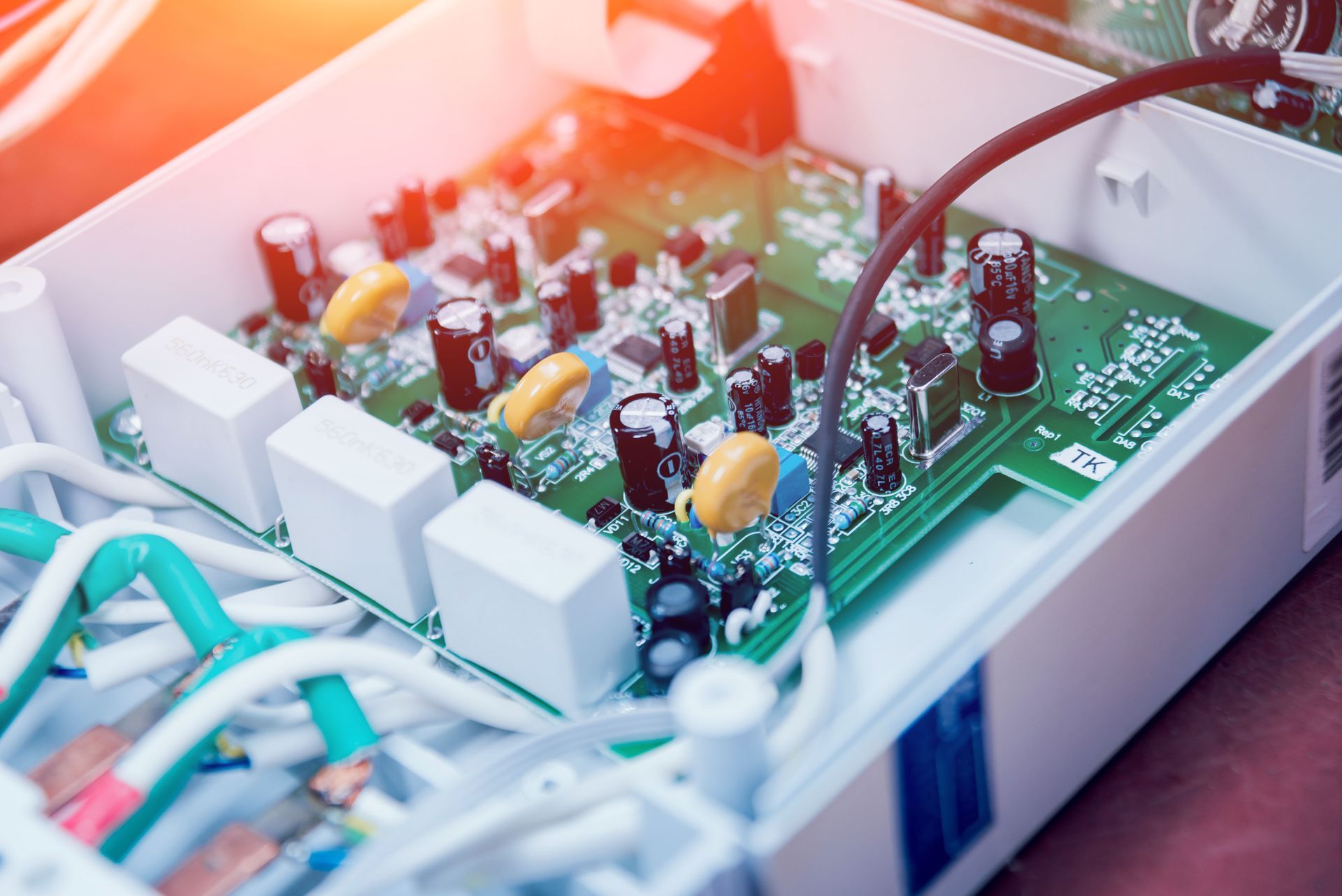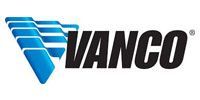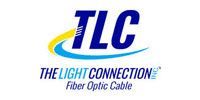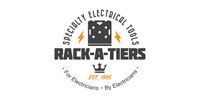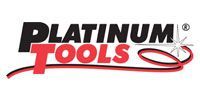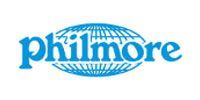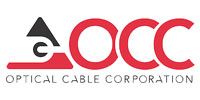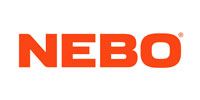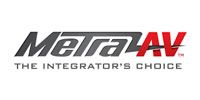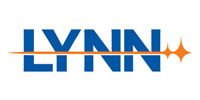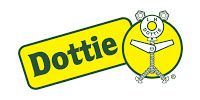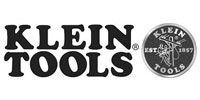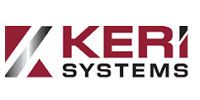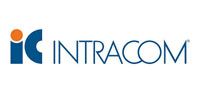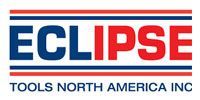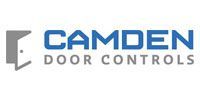October 28, 2025
Proper cable management in a data cabinet is more than just a matter of aesthetics—it is essential for ensuring a reliable and efficient IT infrastructure. When cables are organized systematically, network performance improves, troubleshooting becomes faster, and maintenance tasks are simplified. Organized cabling reduces the risk of accidental disconnections, interference, and damage to equipment. Poor cable management, on the other hand, can lead to downtime, equipment overheating, increased operational costs, and even safety hazards such as tripping or fire risks.
A well-managed data cabinet allows IT teams to respond swiftly to technical issues, deploy upgrades with minimal disruption, and scale infrastructure efficiently. Moreover, as data centers expand and technology evolves, unmanaged cables can quickly become a tangle of inefficiency, making it nearly impossible to locate the right connection when it matters most. Investing time and resources into structured cable management from the outset not only protects expensive hardware but also contributes to long-term operational excellence.
This article explores the top strategies for managing cables effectively in a data cabinet, providing practical tips and considerations for implementation. Following these best practices ensures that your IT environment remains organized, efficient, and scalable, ultimately supporting smoother operations and reduced downtime.
Plan and Design a Scalable Layout
Planning and designing the layout of a data cabinet is the cornerstone of effective cable management. Start by evaluating your current and anticipated equipment needs. Consider the type of servers, switches, storage devices, and other components, along with the volume and types of cables required. Understanding your infrastructure demands helps prevent overcrowding and ensures proper spacing for airflow and maintenance access. Future expansion must also be factored into the layout, so your data cabinet can accommodate additional equipment without requiring a complete redesign. According to Data Center Knowledge, in most data centers, the most common server rack size is 42U, meaning it can hold up to 42 units of equipment. Planning around this capacity ensures optimal space utilization and reduces the risk of operational interruptions during upgrades.
A scalable layout incorporates modular shelving, adjustable brackets, and flexible cable pathways that can adapt as the IT environment grows. Cables should be routed thoughtfully, leaving space for technician access and preventing entanglement or obstruction of airflow. Accessibility should be a priority: technicians should be able to reach connections without needing to move large sections of equipment. Utilizing cable management software during this phase can help track pathways, monitor inventory, and identify potential issues before they arise. Thoughtful planning not only improves current operations but also reduces long-term costs and simplifies future expansions.
Use Appropriate Cable Management Tools
Selecting the right tools is critical for maintaining a well-organized data cabinet. Cable trays, ladders, and horizontal or vertical managers provide secure pathways that prevent tangling, damage, and interference, while maintaining a clean and professional appearance. Velcro straps and hook-and-loop fasteners are recommended for securing cables, as they are adjustable and less likely to damage wires compared to plastic ties.
Labeling cables and ports enhances organization, allowing technicians to quickly identify connections during maintenance or troubleshooting. Patch panels centralize connections and facilitate easy rearrangement, while cable sleeves and organizers help bundle multiple cables together, reducing clutter and improving airflow. Proper airflow is essential for keeping equipment cool and preventing heat-related failures, making neat bundling as functional as it is aesthetic. Using the right combination of tools ensures a data cabinet is not only organized but also efficient, safe, and easy to maintain.
Investing in quality cable management tools also pays off in the long term by reducing maintenance time and minimizing the risk of costly errors. Durable trays, managers, and fasteners can withstand repeated adjustments as equipment is added or removed, preventing frequent replacements. Additionally, using modular and flexible tools allows technicians to make changes without disrupting existing connections, which is especially important in high-density data cabinets.
Maintain Consistent Cable Routing
Consistent cable routing is essential for keeping a data cabinet organized and minimizing operational risks. Establishing clear pathways for power and data cables prevents tangling and reduces electrical interference, which improves network performance and safety. Color coding cables further enhances clarity, allowing technicians to quickly distinguish between cable types and purposes.
Regular audits of cable pathways ensure that organization is maintained over time. As equipment is added or removed, cable management systems can become disordered if not routinely updated. Horizontal and vertical managers help maintain defined routes, minimizing accidental disconnections and simplifying troubleshooting. By adhering to consistent routing practices, teams can ensure a predictable, orderly layout that supports both immediate maintenance and long-term scalability.
Optimize Airflow and Cooling
Airflow and cooling are critical considerations in any data cabinet setup. Following a front-to-back airflow model ensures cool air enters at the front and warm air is expelled at the back, promoting efficient circulation and protecting equipment from overheating. Cables should be arranged to avoid blocking vents or fans, and blanking panels or baffles can be added to prevent hot-air recirculation.
Overcrowding cables can restrict airflow, creating hotspots that reduce equipment lifespan and increase the likelihood of system failures. Regular inspection and maintenance of cooling systems are crucial to ensure they continue functioning effectively. Environmental monitoring tools that track temperature and humidity in real time can alert IT staff to potential problems before they escalate, allowing for proactive interventions. By combining organized cable management with proper airflow strategies, organizations can maintain a stable and secure environment for all equipment housed in the data cabinet.
Label and Document All Connections
Clear labeling and detailed documentation are cornerstones of effective cable management. Standardized labels for cables, ports, and connections allow technicians to identify and trace cables quickly, reducing errors during troubleshooting or emergency maintenance. Documentation should include maps of cable pathways, port assignments, and connection points to guide staff in maintaining and upgrading infrastructure efficiently.
Software solutions for documentation can automate updates and provide real-time tracking of cable changes, reducing human error and ensuring information is always current. Comprehensive labeling and documentation simplify the onboarding of new staff, facilitate future expansions, and allow for swift resolution of network issues. This practice ensures the data cabinet remains organized, accessible, and operationally resilient.
Train Staff on Proper Practices
Even the most meticulously organized data cabinet cannot function effectively without trained personnel. Regular training programs familiarize staff with cable management standards, tool usage, and troubleshooting procedures. Hands-on exercises allow employees to practice routing, labeling, and monitoring cables in realistic scenarios. Clear policies reinforce the importance of consistent practices, ensuring that all team members follow the same approach.
Encouraging collaboration and open communication helps identify and resolve issues faster, and periodic updates to training programs ensure staff remain proficient with evolving technology and industry standards. Well-trained personnel contribute directly to the reliability and efficiency of a data cabinet, helping prevent errors, downtime, and equipment damage while maximizing overall operational performance.
Effective cable management in a data cabinet is essential for maintaining a functional, efficient, and scalable IT infrastructure. By planning a scalable layout, using proper tools, maintaining consistent routing, optimizing airflow, documenting connections, and training staff, organizations can prevent downtime, simplify maintenance, and extend the lifespan of their equipment. A well-managed data cabinet not only supports network performance but also enhances safety, reduces operational costs, and prepares an organization for future growth.
For expert assistance in organizing and maintaining your data cabinets, trust Marsh Cable & Connectors, Inc to provide the tools, strategies, and support needed to keep your IT infrastructure running smoothly and efficiently.
